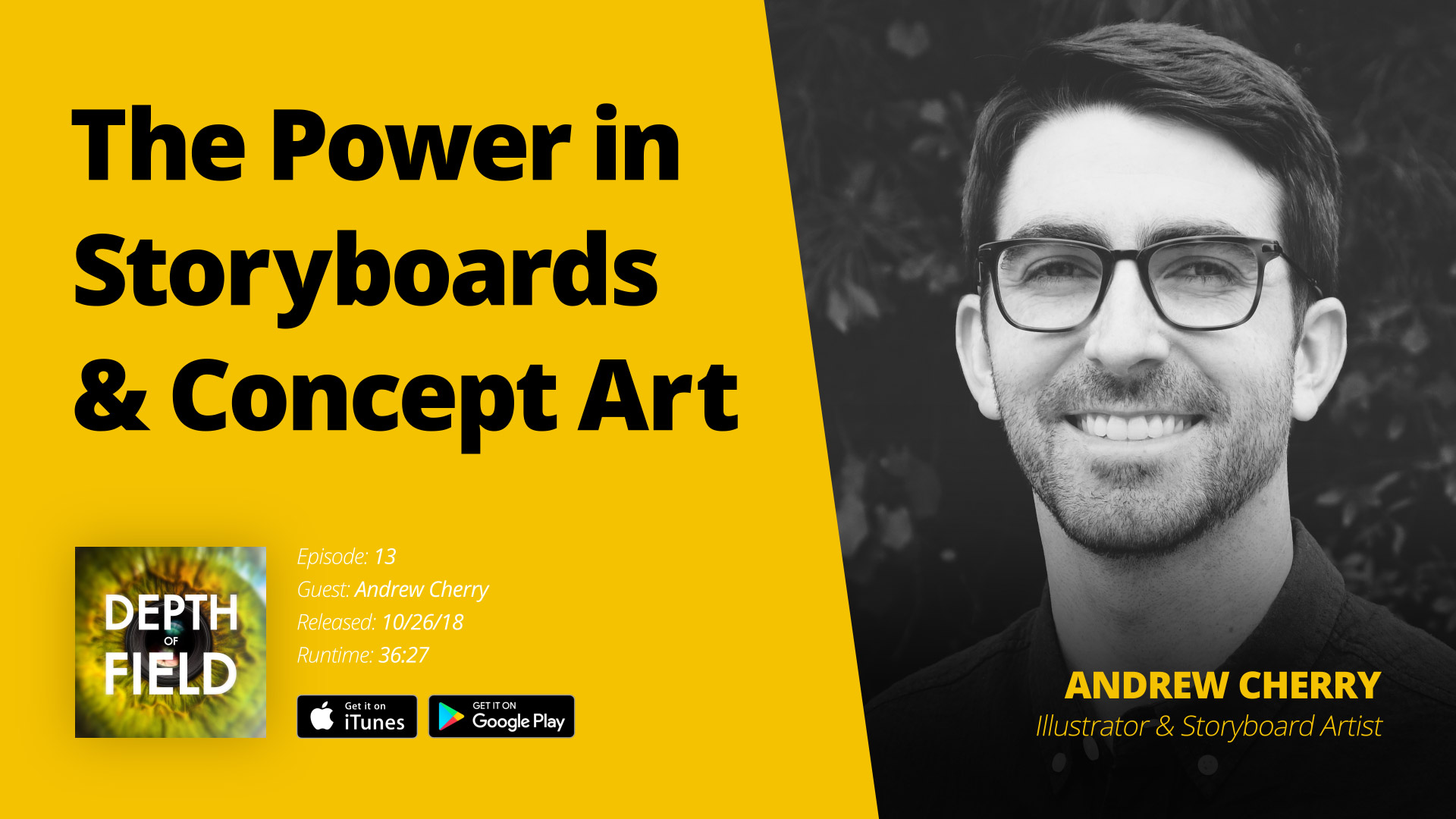
A seasoned illustrator and storyboard artist, Andrew Cherry, gives us an inside look at the industry along with valuable tips for improving our pre-production process with storyboards.
Related Links
Andrew’s Background
Adrian Thompson: All right, well, we have Andrew Cherry here on the show. Andrew, thanks for coming on.
Andrew Cherry: Yeah, thanks for having me on.
Adrian: I’d love to hear you explain just your background and what you do, and maybe a little bit about how you got into it.
Andrew: Well, born and raised in Texas, grew up in Houston specifically, and growing up in Houston, I had a very narrow exposure to art, mainly in the western art theme field. I got a little taste of what illustration could be whenever I got my hands on The Art of Making books for Star Wars and for Jurassic Park, and things like that, that were really exiting to me, of course, for any boy growing up, Star Wars, sci-fi, or dinosaurs, really kinda cool and interesting. And I got to see that in the books and that was a real interest and draw to me in that area. But really kinda just grew up drawing a lot of kind of pedestrian, real easy kinda … Well, simple western kind of stuff, because the rodeo’s really big in Houston, and they provide scholarships and opportunities for kids in the public school system to sell their art and to get kinda known, and to kinda get exposure in that way, and to flourish in painting and, specifically, acrylics or oils.
Andrew: But it really did change whenever I went off to school at Savannah College of Art and Design, SCAD, in Savannah, Georgia. That was really eye-opening there, just seeing all the different ways you can pursue your art in the realm of the entertainment industry. My specific interest was in film, writing and directing. I just naturally fell into doing storyboard, just simply because I had a natural gifting to it, just a talent just to draw out, which was great. It was useful for me to be able to pre-visualize and see the first look of my film, and really help me organize and budget well, and to really figure that out.
Andrew: So yeah, long story short, it was really until college, getting that exposure, but had little bits of that exposure of what it could be like just through books I would get off the shelf at a book store where there would be just a lot of cool drawings and the Making Of books for Star Wars.
The Difference Between Storyboard & Concept Art
Adrian: So, your passion started with illustration, then you go to school and you learn about how the film world is utilizing art like yours in the form of concept art and storyboard, which I think would be helpful if you differentiate that for listeners that might not be aware, like, what’s the difference between a concept drawing versus a storyboard sketch. Let’s start with that real quick.
Andrew: Sure, yeah. We’ll start with concept art. So, concept art, typically, is just more higher-end, refined images, almost like paintings, to just kind of give people an idea. They’re painted in, of course, a dimension that would fit the size of what you would see on TV or for film, so I mean, it would just be anywhere from a 2 to 1 ratio or a 16 by 9. Really, it’s like a high-end painting.
Andrew: Storyboard art, you just really stop at a lower quality. So, it’s more black and white, loose and rough, sketch drawings. I mean, it could be stick figure and that’s okay, because it’s only being reviewed internally by the director or the DP, and it doesn’t have to be very fleshed out or highly rendered. Concept art is mainly for pitching it, showcasing it off, it’s presentation boards. You’re showing it to a producer who’s gonna help back funding for the film or for a studio to help sell the idea. So, for anybody outside who’s not as visual, that’s where it comes in handy.
Andrew: I hope I explained the difference between it. It really just comes down to lesser quality for storyboard art and then higher quality for concept.
Balancing Your Creative Pursuits
Adrian: Okay. Very good. But before, I was talking about just your process going into school. You obviously had this passion for illustration, and then you learned about these applications in film, which is a big passion of yours. You said you were interested in writing and directing, how would you compare those two passions? Did you see yourself shifting and being just as passionate, or was illustration still the core thing that you enjoyed most, and you were just kind of temporarily captivated by this idea of directing?
Andrew: Yeah, that’s a good question. No, I vacillated back and forth. When I was in school, I felt like I was cheating on one talent to the other, or one interest than the other. I did put my illustration on the back-burner whenever I went to school, because I declared my major as film and television. So, I had to focus on a lot of the technical side of things, just from writing to editing, getting behind the camera, budgeting, so it took me a lot away from the drafting table and getting to be creative in my own time. Writing was fun, too, in the midst of that, but whenever I would reach a certain limit, I would take some classes, some illustration classes to kinda help balance that. I would still want to get back and nurture my first love, my first gift with just drawing, and that was something that helped fuel the other actually. I never wanted to totally abandon one interest for the other. Art has always been with me, and it’s always been just kind of a fun thing, a therapeutic thing to a wealth of just where creativity comes from. I just have to express it in that way.
Andrew: So, I would take some illustration classes, and it was through that where I was exposed to, oh, yeah. Why didn’t I put this together? Storyboarding and taking some classes on storyboarding, and also to do some animation classes, basic fundamental animation classes with some motion graphics classes, and just learning about, oh, okay, well, duh, this makes sense, like marrying the two together, and it just being an asset for me where I can create an animatic and really see the pacing flow. It really helped me, having to go out and rally up … That film was a very collaborative effort, and you have to rely on so many other people to get the job done. Well, I could create all my characters at my drafting table. I really didn’t have to go out and hound other people to come in and be a part of something, all for free just to see something that would take weeks to see the end result. Instead, I could just see it in a couple of days and see how it would work out. It really did help that.
Andrew: It was toward the latter part of my college years, and as a junior and senior, I was bridging the gap and falling in love more with storyboards and, actually, the animatics and seeing it come out into play.
Getting Paid for Storyboard Work
Adrian: So, after that, how did you end up making your way into the industry and actually start getting paid to do this type of work?
Andrew: Yeah, every path is so different. Well, shortly after college, getting a job in news, actually, raw access news, government news, actually, so I was working for the City Council in a small town in South Carolina, actually. It was 30 minutes near Savannah, and I was working there, also, transferring over to another job from there that was still in the same kind of TV realm, news TV realm out in LA. It was really until I got into LA and started to pursue classes on the side, outside of my job, I the pre-production world through a design academy, the Concept Design Academy in Pasadena. That really gave me exposure to other people who were in the industry and just exploring the idea of where I should go.
Andrew: I guess I’m verbally processing, really, it was until I started meeting other people who were in the industry and meeting other directors, meeting other people in the film industry, I started telling them about my passion, about how I’m gonna launch off into storyboards. That really did get me exposure to, or having them contact me for jobs, actually. I think my first big job break kinda thing was when I was out in California. This was shortly after I graduated, just about I would say eight months after graduating. I was out there, that a friend of mine, who I’m still friends with and he’s doing good work, Van Blumreich, Van Alan. He contacted me with doing storyboards and some animation for a Tooth and Nail music video. It was for FM Static, and it was basically doing storyboards and some animation and a little bit of animatic. That was enough for me to be like, yeah, let’s do it.
Andrew: It’s funny. It was on a shoestring budget and we just dived in deep to it. It was kinda funny, because I do remember in school going through the animatic process or storyboarding for my senior thesis, and it did take two weeks, two and a half weeks for me to pre-plan that and to put out a little bit, 10-minute animatic. I went through all this work that I was like, “You know what? The next one I’m gonna do, I’m gonna make it my goal that I’m gonna get paid for it.” And just put my goal on that, and sure enough, I was able to just get that connection and contact from him. But also too, what was important, I think that really kinda was my storefront was my website. I had a very nominal website, just basic, and that was what really helped people see that I was pursuing this or trying to make it more of a full-time kinda thing.
Meeting Resistance in Los Angeles
Adrian: I’d like to hear a little bit about your experience. I mean, being new to Los Angeles and going through getting your career started, what were your opening impressions, and did you meet any resistance as you tried to get that under way, and what kind of things did you experience as you got started there?
Andrew: Man, yeah. My first impression of LA, it was pretty cool, actually. Well, just going to the state of California, it was so different from where I grew up. I mean, I grew up in the arm pit of America in Houston, so the humidity is just like … It’s awful. I think it beats out Miami on average for humidity. I got in an argument with my college roommate who’s from Miami, so I don’t know why I wore it like a badge, like, “Yeah, I’m from the city that’s most humid in the country.” But I didn’t know what humidity was until I went to LA. It was beautiful. It’s the only place where I’ve been where you had the mountains just cascading right into the ocean, or just going right there to Malibu, it was beautiful. Even whenever I had my job interview out there, the son of the CEO, I remember him, Robby, he took me along to PCH to just entice me. What really sold me for just a big motivation to coming out there was surfing. That was always a life goal of mine, and I really wanted to pursue that. I tried to do it. In Galveston, you can’t really surf in Texas, but I was just like, “Oh, man. This is beautiful.”
Andrew: I know the main question is asking how is LA. I’m kinda going off on a rabbit trail, but yeah. LA, it’s full of great talent, some great people, but that’s also really vapid, and it’s really vain. It can be soul-sucking in a way in which the elements kind of defeat your spirit a bit. It’s highly congested, and there’s such a concentration of talent, and a lot of good talent. Everybody’s trying to make their own film or go to the top, so it can be very dog eat dog. People can treat you like a commodity, or if you don’t benefit me, then see you later.
Andrew: Also, too, community and relationships can be strained just due to proximity and traffic and other factors and work. People work a lot out there. That’s what I was just kind of realizing. It’s a very expensive place, and there’s high paying jobs and career pursuits, which are great, but there’s also just a lot of ambition, a lot of ambition out there. It was love-hate relationship where I realized work is god there, and I just wanted a little bit more of a work-life balance. I wanted something a little bit different outside of just the Hollywood glitz and glamour. Everybody is so attracted to the celebrity and the glory behind the rich and famous lifestyle, that you can get really trapped in that whole realm.
Andrew: But really, the artists that I know out there, the artists … I mean, gosh, and the pre-production world and in the film industry, are so down-to-earth and real cool and great to be around. People who are in animation, man, they’re just a real delight and charm to be around, and I love it. All the big studios are out there, and there’s a lot of just excitement and magic in the air when you’re there, and it’s a beautiful place, but there’s a lot of tension. I experienced a lot of tension just of, man, well, is family life valued very much out here? If I started a family, I wanna make sure I have time for that. I would already … I had friends … And the film industry’s still like this, you working 14, 16 hour days. Even a lot of people, too, who are concept artists that are first starting out, whenever you first start out and just trying to get better at your craft, you really do have to pour a lot of time into it depending on how fast you wanna accelerate your career. Also, too, just making yourself valuable to a producer or a team.
Andrew: So, those are the struggles that you have out there. Your relationships is a tough thing ’cause everybody’s working all the time.
Practical Tips for Your Storyboards
Adrian: Well, I’d love to shift gears into some practical advice for people just on storyboarding in general, the benefits of it, maybe some tips and tricks on how people can just wrap their heads around this process if they’re not artists. A lot of our listeners and a lot of people that I know listen to the podcast are in the corporate world. I know there’s definitely audiences as well, but let’s just explore some of your practical advice for, let’s say solo directors or just videographers that want to do a better job of planning their videos, but this idea of storyboarding is kind of foreign to them. What would you tell somebody that’s kind of on that precipice of putting this in their process but not there yet.
Andrew: Yeah, well, what’s nice, I can say about storyboarding, it can really help you eliminate some scene out of the story that call for … It can save you on money. That’s what I’m trying to get at. It could be a real … Bringing along a storyboard artist can really kinda help trim out any excess areas that would cost you more money. For example, you could have this one scene that you’re trying to imagine where this plane crash is in the middle of a field and depending on how you wanna capture this, it could be a big budget expense for visual effects and all that. But talking with a storyboard artist, “Hey, how can I do this on a budget of this scale,” like on a shoestring budget, and capturing it at certain angles, and not showing as much, or just focusing on a couple of characters and relying heavily on sound effects and music, or sound effects just going in the background, can really save the production a lot of time and headache and still just be as effective for how you can communication.
Andrew: So, where I would … Let’s say for that solo director, and they’re trying to figure out, “Well, how do I find a storyboard artist,” or maybe you don’t have access to a storyboard artist. It’s funny there’s some apps that are out there that kind of give you … They’re like 3D simulations of where you can actually place characters in a scene, and you can kind of mock up, basically, whatever your story calls for, whatever scene and just maybe watching just a couple of tutorials that can empower you to be able to do that yourself. It may take a day to do, but it maya save you day on the production shoot, which would be more costly.
Andrew: What’s great about bringing on a storyboard artist, too, is it’s a blueprint. You basically have a shot list. You have an idea of how you wanna capture these things. You’ve already gone through the pre-thought of what angles you wanted to try out, especially if you’ve already gone out and you’ve done your location scouting and you’ve done pictures and things like that. That can really kind of help you, ’cause time is of the essence. Once you’re in production mode, the producer’s always kinda looking at the clock and looking for ways to just save time and headache.
Andrew: So, I would encourage that, and also, too, once you have some frames, it just organizes your story, you can plug those boards in the Plot. Yay! A little plug there. And it really does. It helps you to share that. You can share that with other creators on the team, and you can really go through the process of elimination of what we need and what we don’t need. So, I would say that’s the big benefit of having a storyboard artist, or just having someone who can draw and who can plan out whatever script you have.
Andrew: I know for a fact it sometimes can help you with the … If you’re still dabbling in the writing stage of your script, it can actually kinda help, maybe, trim up your script, or maybe you realize you need to expand on some scenes in your script. It can really help you … I mean, storyboards are the first look at the film. It gives you the first look, so it just gives you a leg up right before you have to go into production, and it can kinda prepare you for what’s working in the story and whatnot.
Andrew: I mean, I love Pixar’s model. What they do, of course, they storyboard out the whole film, of course, and run it through an animatic, and they play it to test audiences, well, internally with their crew and just with the director, to see how the timing, how the pacing’s going, how the comedic punchlines are landing, and what they need to do. It really does help them refine the story, and that’s a crucial part, because it’s a visual medium and you really don’t know how it’s all gonna turn out. Every process is different, the production, the post-production, the editing. It’s all different, so you what you think reads well on script may turn out to be a disaster actually once you see it up on screen, or it just fall flat, so storyboards help you prevent that.
Adrian: Yeah. I like something you said earlier in your … I think it was just in your introductory background about even drawing stick figures is better than nothing. I think that can be missed by a lot of people that are already overwhelmed by the process of storyboarding. I’ve seen it early in my career just by the sheer lack of storyboards. It was just kind of a skipped step, which I never understood, because as an animator, I saw the consequences of no storyboards. You literally are walking blind into a project. I think people definitely need to be aware of storyboarding, like you said, it’s an internal process. This is for you as the creator to understand how the dominoes are gonna fall. It doesn’t have to be perfectly drawn and illustrated. You can even use stock imagery if you have to. There’s zero budget. You can just be using stock pictures and mocking up things, just so that you can show yourself the flow of your story, rather than making it like a perfect presentation for a third-party.
Andrew: Yeah, and also, too, it shows that you’ve gone through, even if they’re stick figures, if a client sees that you put the extra mental thought into how it’s gonna look, or even with stock photos, it really does show that you’re trying to think through it as much as possible.
Adrian: Yeah.
Andrew: But yeah, I agree. I mean, there was a good book out there by Dan Roam, I think it’s Drawings on the Back of A Napkin. I think that’s the title of the book, and he’s just really selling the idea that, I mean, just your doodles, it can be on the back of a napkin, can really sell an idea to a client and can be the determining factor that gets you a multimillion dollar contract, or something like that.
Andrew: I know that there’s a … I’m gonna butcher this story, but Ridley Scott, whenever he was enlisted a direct alien, and he, of course, was given the budget. It was a small budget just for To Direct A Alien, and of course, he took about two weeks just to go and do some storyboards, just some little drawings, ’cause he has a art direction background and a design background. He knows how to draw. He was able to just draw up just the scale and scope and size of it. They’re just pen and ink drawings just on there, and it was able to increase his budget by, I think almost half, just once the producer saw that, “Oh, man, we can see the scale that you’re wanting to go for, and we can see your vision behind it and how grand you wanna make it, and what it could be.” And that was it. It was like those two weeks just doubled his budget, and that’s the power behind the visual format, even with just simple drawings.
Adrian: So, can I quote you on, “In order to get paid more money, we just need to storyboard.” Is that right?
Andrew: [laughing]
Adrian: Something along those lines.
Andrew: I’m a little weary to sign off on that. I don’t wanna …
Adrian: I’m just summarizing.
Andrew: Name it claim it, there you go. You just… yeah, exactly.
Common Storyboarding Mistakes People Make
Adrian: So, related to storyboarding and concept art, what’s some common mistakes you’ve seen people making in their production?
Andrew: Winging it. I think just being unorganized, not really thinking it through. It just really depends on the person who … and this is kind of the problem is that artist are very creative, and they’re wonderful and they think on the right side of the brain. That lacks a lot of tidiness or organization, or things that requires a little bit more thought on the left side of the brain to really kinda help them. So, unless they’re partnering with a really good business savvy person, a producer who can kinda help them be a great partner to walk them through that, I think someone … This isn’t all the case. I’m not trying to make a blanket statement, but I have seen what can get you kind of in trouble is a lot of zeal at the beginning. It translates into some sloppiness whenever certain steps are skipped, and when you’re unorganized in that way, so I would just say … Now, there’s this whole process of creating a pitch and a look book and getting all your ducks in a row and having a whole plan of action, whole scope the project, counting the cost of it all.
Andrew: It can be kind of defeating and depressing to an artist, ’cause once you see how much time, energy, and money and resources need to go into creating, getting your end idea up on screen, it can be daunting. But it’s important to go through those steps, ’cause it makes every point of the process easier, and also, it puts a lot of ease on every department.
Andrew’s Practical Advice
Adrian: So, based on your experiences as a storyboard artist and the things we talked about today, we like to end these episodes with some practical advice that somebody, ’cause we’re usually talking about a lot of different things, but as they end the show and go forth in their role creating videos, what’s a piece of advice you’d give them to step up their game on their videos?
Andrew: Yeah, I would say for the storyboard artists, if there was somebody who is really wanting to get into storyboard art, concept art, there’s kind of some life hack things you could do. Maybe you don’t necessarily have to go to college for it. I do recommend college and higher education learning, and very much about continuing your education, definitely, and the proponent of that. But there are, actually, online courses and design academies that can give you the same amount of information if not more for fraction of the price, which is really great, especially with the rising student debt in this country. It’s a very attainable thing.
Andrew: Also, too, in the film industry, it’s all about your portfolio, not necessarily where you got your degree from. So, if somebody was looking to pursue storyboard art, I would say, and if that bled over into the animation world, I mean, there’s video game companies that hire storyboard artists, animation companies, and also, too, the film industry. A good place to go to be able to do this if you’re on the animation side is CTN, the Creative Network. It’s out in Burbank. It’s an animation expo, I highly recommend it. It’s just a three-day weekend-
Adrian: Cool.
Andrew: … where you’re able to go with industry … or get to see all this kind of stuff. But I would say, continue your learning, continue to learn, also, too, VR. Virtual reality. Try to look ahead of where the industry is going. Know your fundamentals, but also, too, build on them and look at where the trends are going. You don’t have to get too trendy in knowing all the different types of software that are out there, ’cause that can be exhausting on its own. Get to know just the basics, like, know your Adobe Suite, or know Photoshop, and beyond that you can learn what people are getting into, whether it’s … For concept art, definitely learn some 3D and go into that.
Andrew: But for the general filmmaker and where I would say what to improve on, where you can go, is I found myself just doing storyboards has helped me manage my schedule better, so I would say budget your schedule into time blocks. That does help your productivity, and just make sure your productivity isn’t done out of anxiety in a to-do list, but look at your schedule, prioritize what’s important to you in life, and also, to make it fun, and also, always be a learner. Always be reading out there. Readers are leaders, so … Man, I’m already corny with all the dad kind of sayings and everything, but follow your favorite artists on Instagram, learn from what they’re doing. You can learn a lot out there just from following certain [inaudible 00:30:19] of people that are in there, but yeah.
Andrew: That’s probably what I would encourage. Did I answer that right? Hopefully, I-
Adrian: Yeah. You gave some bonus tips, I mean, I only asked for one, but you gave us more and that’s good. We got some free bonus tips in there!
Andrew: Okay. Yeah, I was trying to gauge the audience, you know, who’s listening, so the storyboard artist, but also to the generic person.
Adrian: No, absolutely. That’s good stuff.
Andrew: You know, for the generic video person, like, man, get to know a storyboard artist or an illustrator out there and writer. Go outside your fields and make friends with other creatives in that realm.
Adrian: Right. Well, yeah, I mean, on the podcast we have all sorts of different types of people. The goal really is to just help each other see parts of the industry that we don’t normally get to see. So, for the editor to be able to understand what the cinematographer’s doing, what the director’s doing, and just giving us an idea of other parts of the industry. ‘Cause I think it’s so easy in our individual roles to lose sight of that entirely. Even if you work with a writer and a storyboard artist, you might have no idea what they’re actually going through and what their part of the process is like. So, I think it’s … Even for people that aren’t currently storyboarding and they just maybe produce videos, the point is to give them this better understanding of what your role is and the kind of things that you’re going through with storyboarding.
Wrap Up
Adrian: I think, yeah, you’ve done a great job of giving us that glimpse. So yeah, I appreciate your time. And-
Andrew: Yeah. No, I appreciate this. Yeah.
Adrian: Yeah. It’s been fun. Before I let you go, where would you recommend, well, I mean, I can cheat for you and let them know andrewcherryart.com. Is there anywhere else you would send somebody to … He’s got some great concept art on there by the way. You guys would love to check it out.
Andrew: Thanks.
Adrian: Would you send them anywhere else? I’d assume Instagram and other places you post.
Andrew: Yeah, that’s it really, Instagram and my website.
Adrian: Cool.
Andrew: I’m trying to just beef up the Instagram a little bit more. Of course, there’s a lot of stuff I work on that I can’t showcase, and some of it’s my best work. So, I have to make the downtime to do that, but yeah. Instagram, website, andrewcherryart.com. If you look me up on Instagram, it’s under Andrew Cherry Art. Feel free, like, if you have questions out there, I wanna make myself available to anybody who has questions that are pursuing this road.
Adrian: Cool.
Andrew: So, my email’s on the website, and you can message me on Instagram or whatever. I’ll do my best to try to get to you as I can, as time allows.
Adrian: Awesome. Are you for hire if there’s somebody on here that needs a storyboard artist-
Andrew: Absolutely.
Adrian: … or are you fully booked?
Andrew: Absolutely.
Adrian: Cool.
Andrew: Yeah. No, no. So, there’s a lot of … Sometimes there’s pockets whenever I come out of a busy season. There’s some down time, and there’s a lot of juggling. There’s a lot of irons in the fire, but once things get booked then … It’s very unpredictable. So yes, feel free. I’m always happy to share when I’m available and all that.
Adrian: Awesome. Job offers welcome.
Andrew: Yeah.
Adrian: Good to know.
Andrew: Thanks for plugging that. Hey, there you go.
Adrian: Yeah, my pleasure. I gotta give you something for coming on the show.
Andrew: Thanks.
Adrian: Well, yeah, Andrew, it’s my pleasure. Thanks again for coming on and sharing your insights, and it was just really great to talk to you.
Andrew: Oh, man, well, it’s a pleasure being on here. Great talking with you, Adrian.


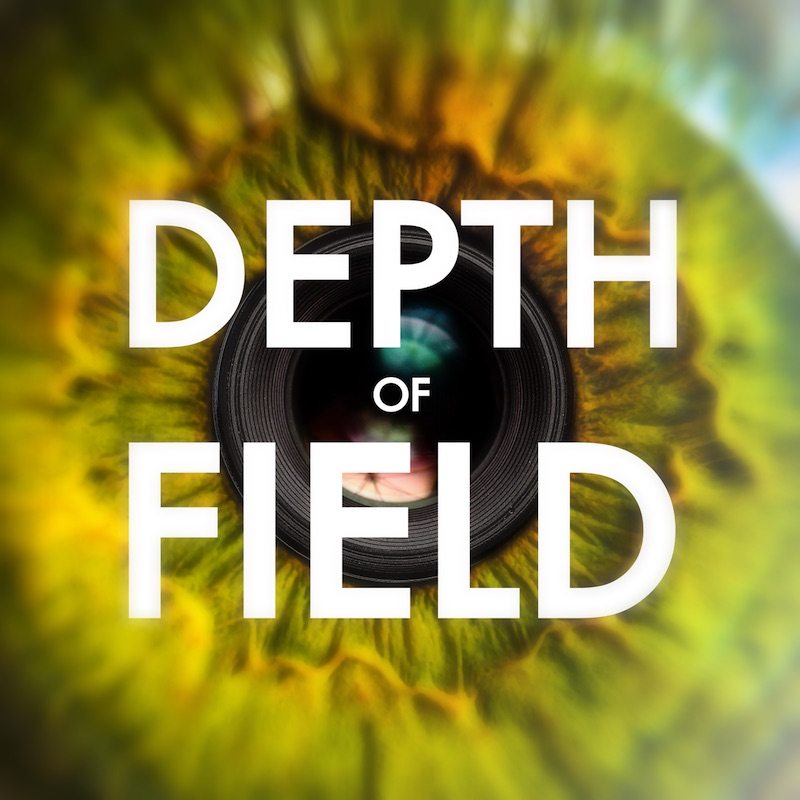


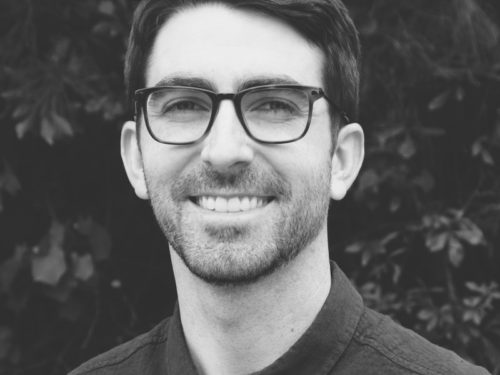
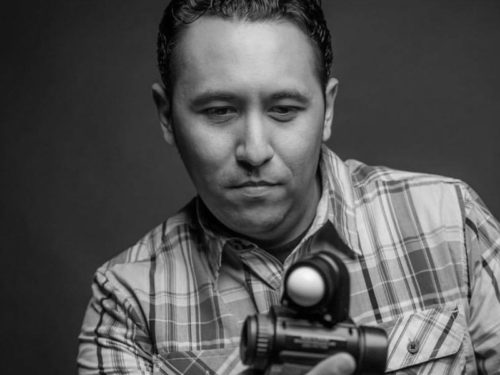
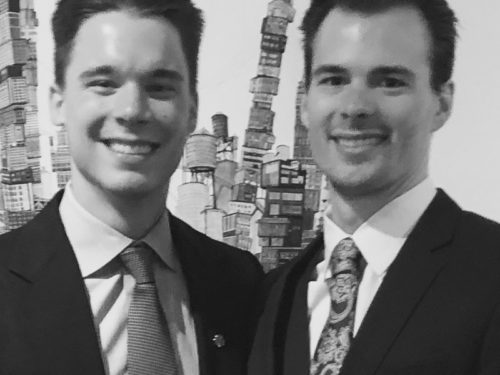
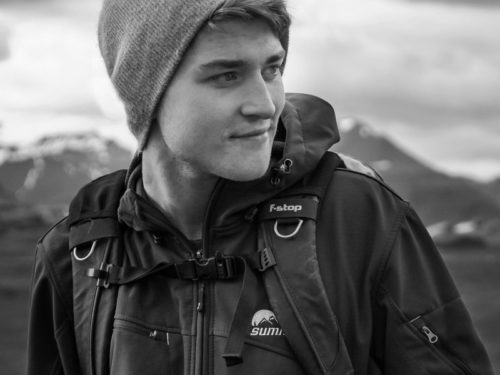
0 Comments